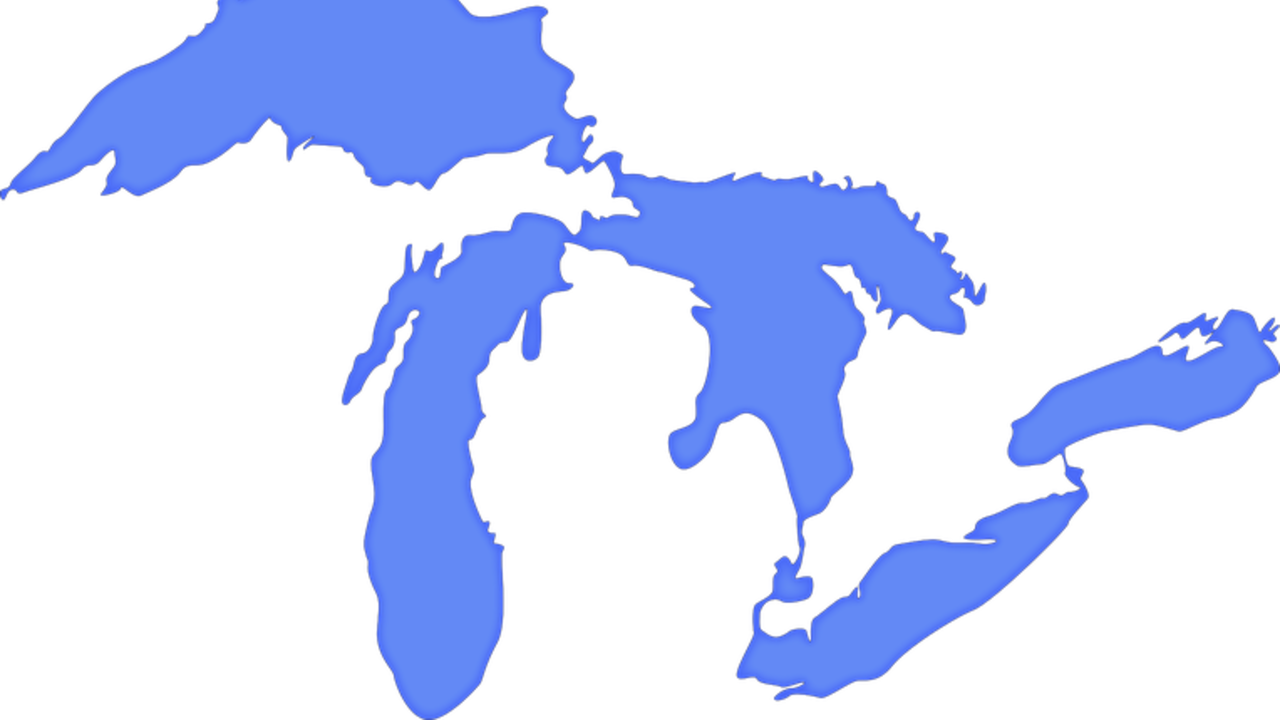
New model assesses the economic damage of climate change on the Great Lakes
The Great Lakes are the largest freshwater system in the world - what happens to our economy when they are damaged by climate change?

The Great Lakes are the largest freshwater system in the world - what happens to our economy when they are damaged by climate change?
By Media RelationsResearchers have developed a new integrated model to evaluate the economic impacts of climate change on the Canadian Great Lakes Basin.
The Great Lakes are the largest freshwater system in the world. But factors like climate change, urbanization, and a growing population are increasing pressure on these valuable resources and may limit their availability for future generations.
Scientists at the University of Waterloo’s Water Institute developed the new hydro-economic model to make the often unknown and invisible value of water more explicit.
“The Canadian Great Lakes cover about 3 percent of Canada’s surface area, but it is responsible for about 35 percent of Canada's gross domestic product”, said professor Roy Brouwer, executive director of the Water Institute. “The model provides analysts and policymakers with a tool to assess the loss in gross domestic product associated with climate change-related water scarcity threats and activities designed to ensure food and energy supplies under climate change.”
The model is the first attempt to assess the role of water in the broader economy of the Great Lakes Basin and Ontario as a whole. If a water supply disruption were to occur in the Great Lakes Basin in the future, for example, due to a prolonged period of drought or algal blooms, the model is able to help identify the most cost-effective allocation of available water resources such that the economy of the province Ontario is least affected.
Its application could be of great value to federal or provincial authorities responsible for managing the economies and resources of the Great Lakes Basin. The model is currently being used to estimate the direct and indirect economic impacts of different phosphorus emission restriction policies across the various Great Lakes – in particular for Lake Erie, whose water quality has deteriorated over the last decades due to excessive phosphorus loading.
“We hope our work can help to provide management solutions and cost-effective strategies for lake management that minimize the trade-offs between ecosystem health, water use, and economic growth,” Brouwer said.
Brouwer is working together with Jorge Andres Garcia Hernandez, Postdoctoral Fellow at the University of Waterloo, and is supported by the Global Water Futures project as part of the Canada First Research Excellence Fund in which the University participates.
The article, A multiregional input–output optimization model to assess impacts of water supply disruptions under climate change on the Great Lakes economy, appeared in the journal Economic Systems Research.

Read more
New Canada Research Chairs will tackle future-focused problems from social robots and intergroup attitudes to geochemistry and nanoscale devices

Read more
Meet five exceptional Waterloo graduate students crossing the convocation stage as Class of 2025 valedictorians

Read more
Twenty-six researchers receive federal funding to drive discovery, innovation and research infrastructure development
The University of Waterloo acknowledges that much of our work takes place on the traditional territory of the Neutral, Anishinaabeg, and Haudenosaunee peoples. Our main campus is situated on the Haldimand Tract, the land granted to the Six Nations that includes six miles on each side of the Grand River. Our active work toward reconciliation takes place across our campuses through research, learning, teaching, and community building, and is co-ordinated within the Office of Indigenous Relations.